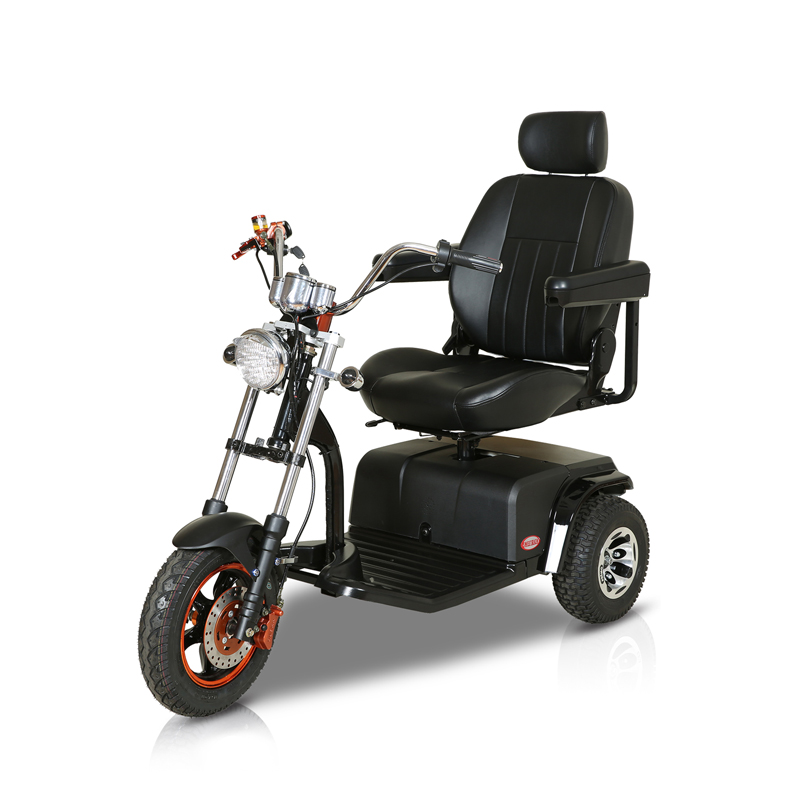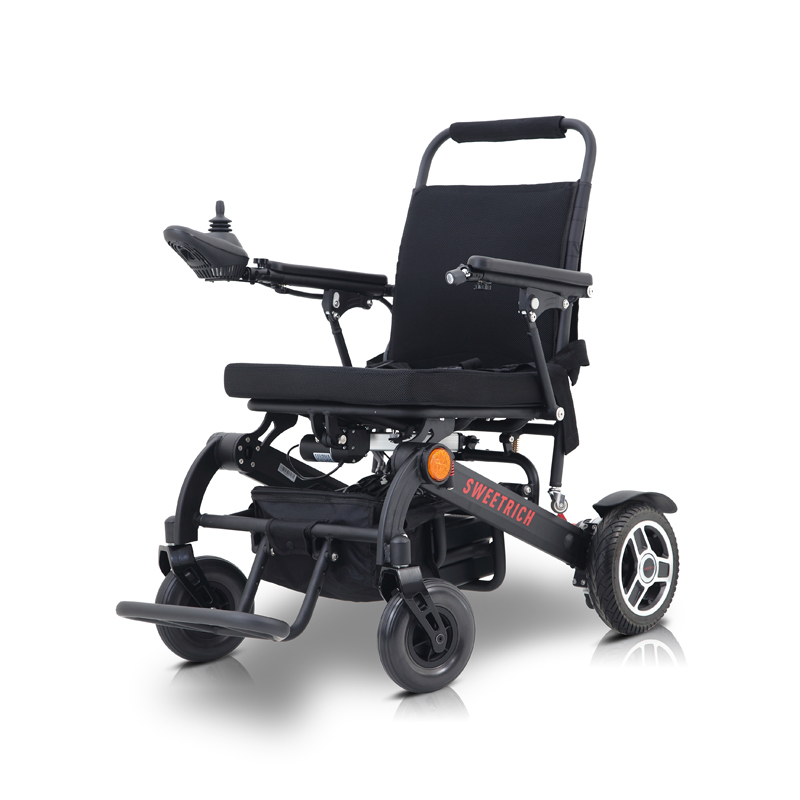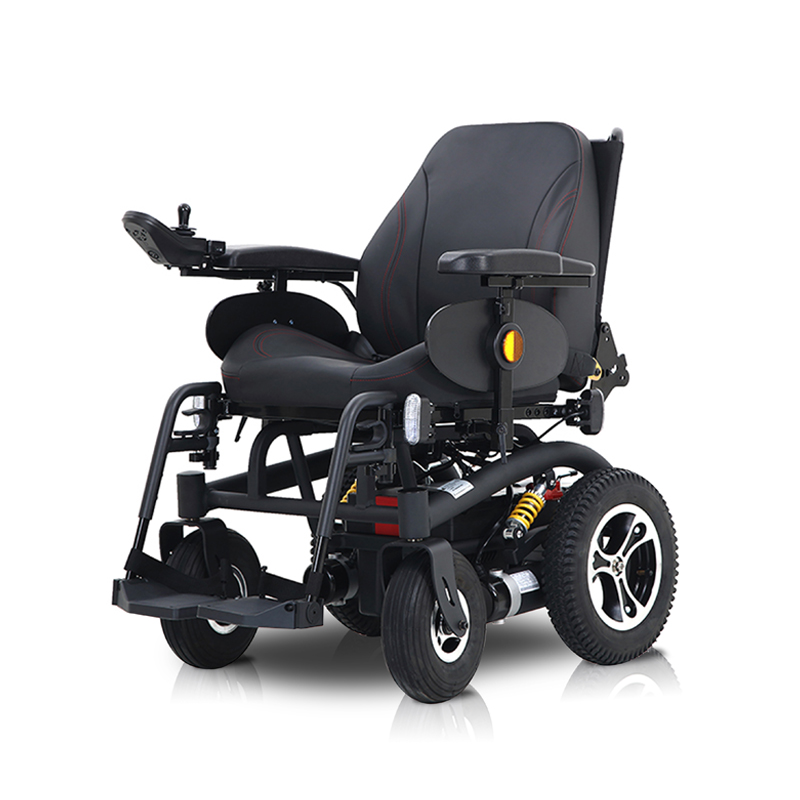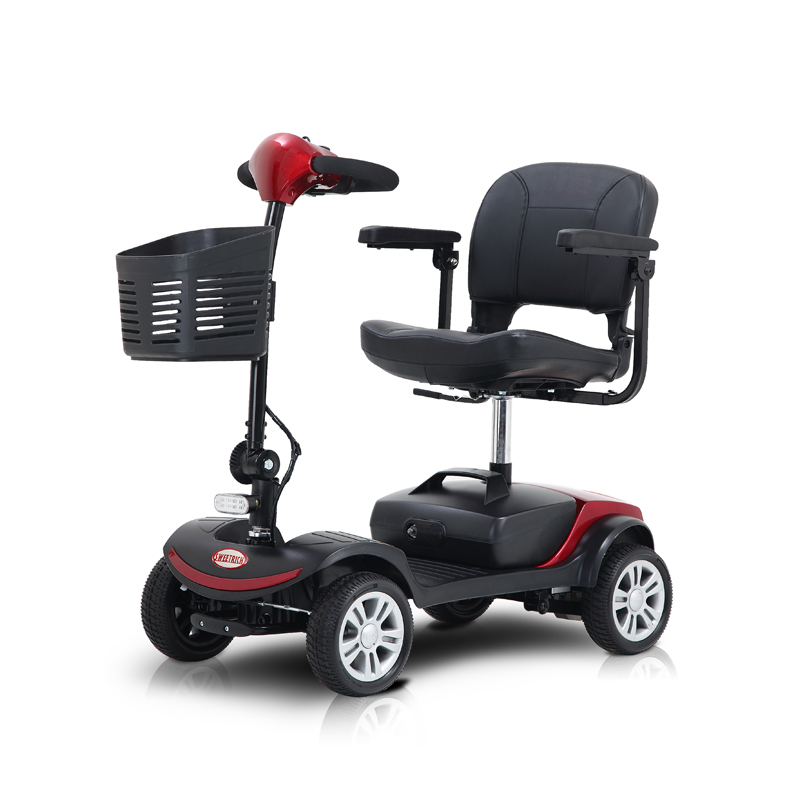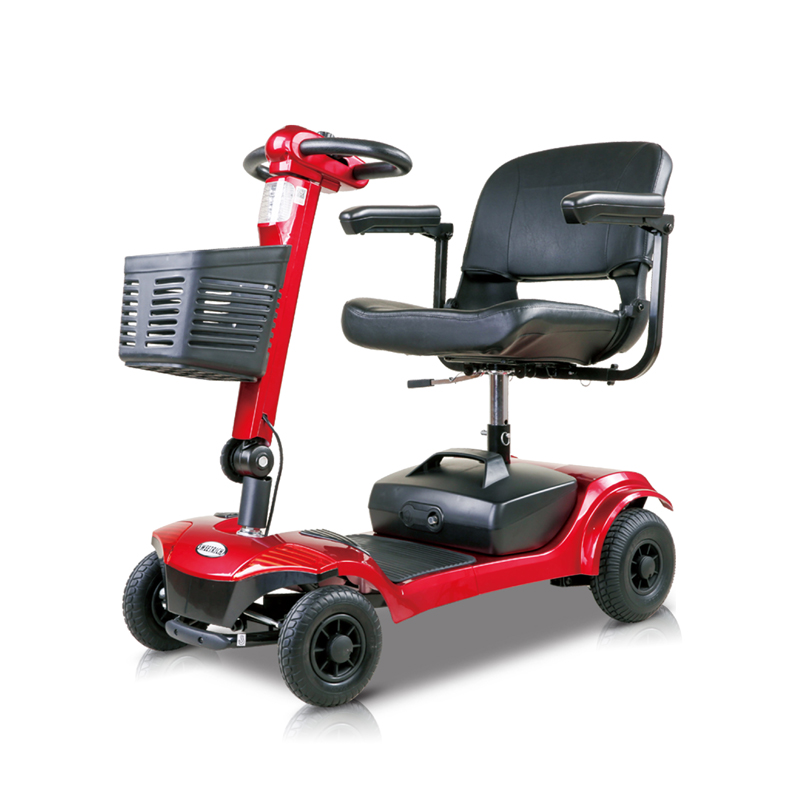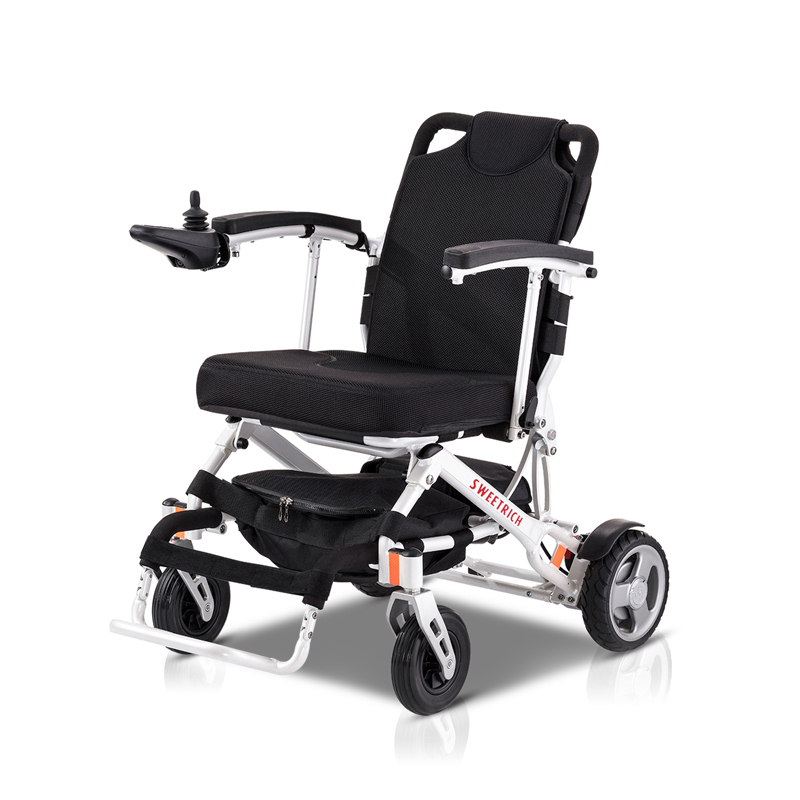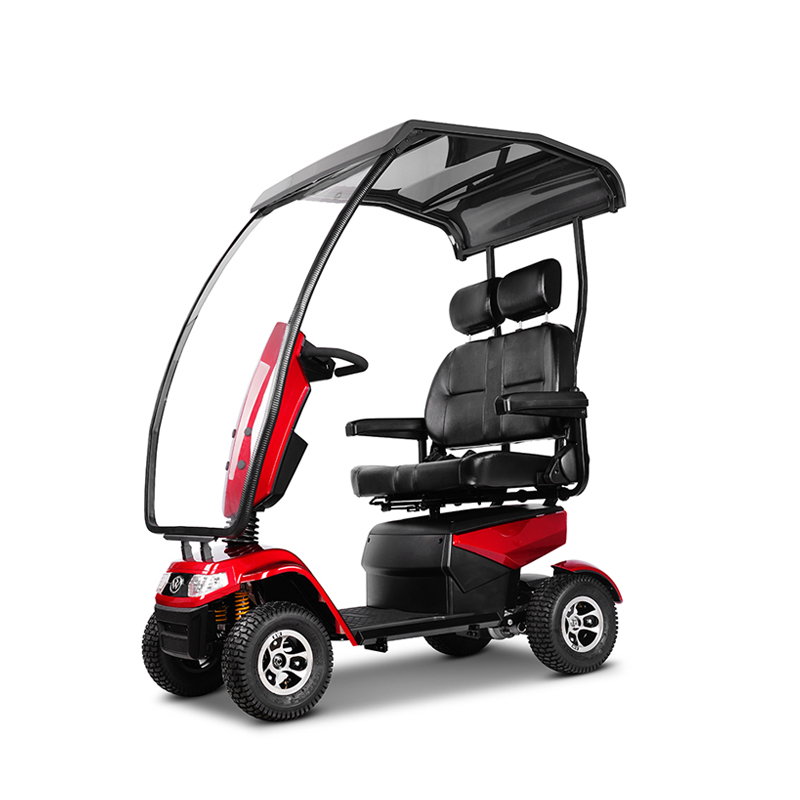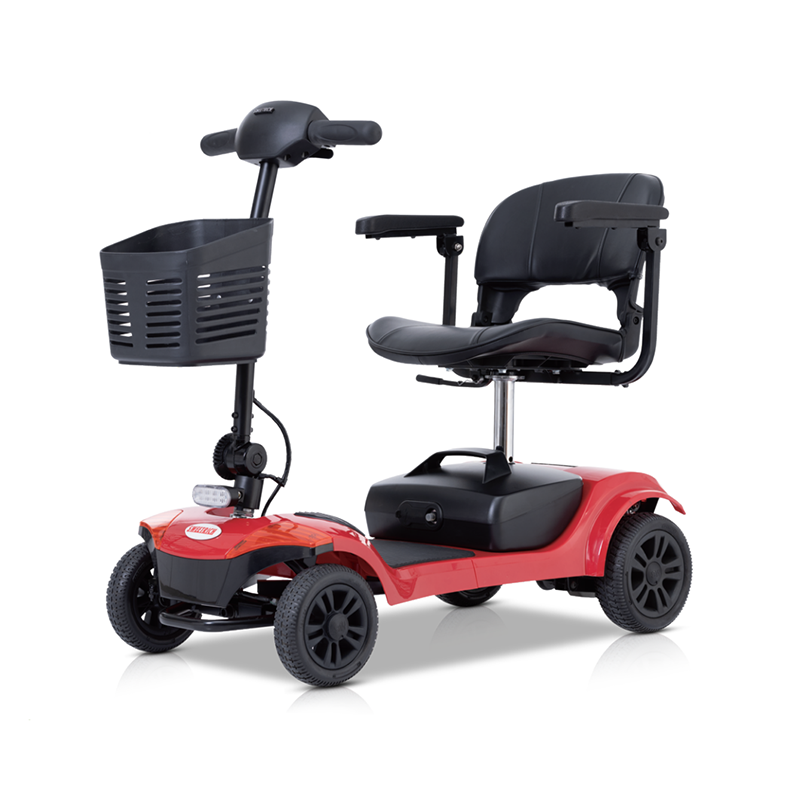As a popular means of transportation, the safety and ease of use of 4 wheels scooters are crucial. Among them, the rear brake system is the core part of the safety of the scooter, and its stability and sensitivity are directly related to the user's riding safety. The following will discuss in detail how the rear braking system of a 4 wheels scooter ensures its stability and sensitivity.
1. Stability guarantee
Brake material selection: Rear brake systems are usually made of wear-resistant and high-temperature-resistant materials, such as wear-resistant rubber or special alloys. These materials can maintain stable braking performance during long-term and high-frequency use, and are not prone to failure due to frictional heat.
Brake structure design: Reasonable brake structure design is the key to ensuring stability. The rear brake system usually adopts a double brake pad design, distributed on both sides of the wheel, to ensure that the braking force is evenly distributed and to prevent the vehicle from yawing due to excessive braking force on one side.
Braking force adjustment: The rear brake system of a 4 wheels scooter is usually equipped with a braking force adjustment device, allowing users to adjust the braking force according to their riding habits and road conditions. Proper braking force adjustment can ensure braking effect while reducing brake nodding and improving riding stability.
2. Sensitivity guarantee
Brake line transmission efficiency: The brake lines of the rear brake system are made of highly elastic, low-friction materials to ensure that the brake signal can be quickly and accurately transmitted from the brake handle to the brake pads. This efficient transmission system can greatly improve the sensitivity of the braking system.
The contact area between the brake pad and the wheel: Increasing the contact area between the brake pad and the wheel is an effective way to improve braking sensitivity. The rear brake system usually adopts a large-area brake pad design to ensure that when braking force is applied, the brake pads can quickly generate sufficient friction with the wheel to achieve rapid braking.
Brake pad wear compensation: Brake pads will gradually wear out over time. In order to ensure that the sensitivity of the braking system is not affected, the rear brake system is usually equipped with a wear compensation device. When the brake pads wear to a certain extent, the compensation device will automatically adjust the distance between the brake pads and the wheels to ensure that the brake pads always maintain an appropriate contact area with the wheels.
The rear brake system of the 4 wheels scooter factory ensures its stability and sensitivity through carefully designed brake materials, structures and adjustment devices. These designs not only improve the safety of the scooter, but also allow riders to enjoy the fun of the scooter with more confidence. At the same time, in order to maintain good performance of the braking system, users should regularly check the working status of the braking system and replace worn brake pads and other parts in a timely manner.

